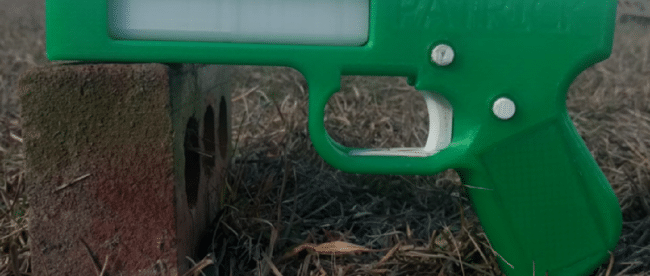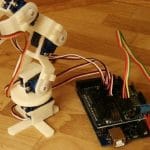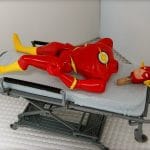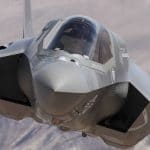3D Printed Guns – Are They A Problem?
IT IS POSSIBLE TO 3D PRINT A VERY PRIMITIVE GUN
A lot of people are very excited about 3D printing because it gives us all the ability to print out objects ourselves instead of having to obtain them through traditional manufacturing and retail channels. Other people are very alarmed about 3D printing though, because some of the objects we can print out are guns.
In most western countries – the USA is the only real exception – access to guns is controlled. Before you can buy firearms you have to have a background check, and often pass an exam on safe weapon handling and the law. The guns themselves are registered, and often ballistically tested; this makes it easy for the police to match bullets found at a crime scene and quickly identify if a registered gun was used. The idea of people being able to download and print a 3D printed gun brings politicians out in a cold sweat. But is it a real problem?
Say hello to The Liberator
The answer to that is complicated. Yes, it’s definitely possible to make a gun from 3D-printed parts. The most dramatic example is the Liberator, which was developed by Texan non-profit Defense Distributed. This has sixteen parts; fifteen of them – including its three springs – are 3D printed from ABS filament. The only metal part is the firing pin, and that’s just a one-inch nail. If you have a device that can print fairly accurately with ABS, you can make a Liberator.
On the other hand, the Liberator isn’t much of a gun. It’s a single-shot design; to reload it you need to unclip the short, stubby barrel. Then you can either fit a new, preloaded barrel or poke out the empty case with a stick and insert another round into the one you just fired. It’s hardly a rapid-fire weapon. Nor is it a very powerful one. It’s been successfully tested with a variety of low-powered pistol ammunition – you can easily print barrels in different calibres – but when tested with high velocity ammunition it blew itself to pieces. Even with low-powered ammo it isn’t all that sturdy; the barrels have a habit of splitting, especially if they’re fired more than once.
What worries people about the Liberator is that it’s almost entirely plastic. Only the firing pin and the round itself are metal, and they’re both small, so while the gun is pretty bulky it won’t set off metal detectors. In 2013 Israeli reporters printed one and smuggled it (unloaded) into their parliament building.
The Liberator is a “pure” 3D printed gun – apart from the nail, you can make the whole thing on a mid-range home printer. That makes it easily accessible, but it also puts some serious limits on the design – without some radical advances in materials, nobody’s going to be printing a semi-automatic firearm anytime soon. There are designs for semi-autos out there, but they use a lot of metal parts; often these are commercial gun parts, like barrels and magazines, which can’t be easily bought in most countries. If you have a metal laser sintering printer that changes the whole game; you can make a fully functional, conventional firearm. This technology is out of most people’s reach, though.
What about ammunition?
There’s also the issue of ammunition. If you can legally buy ammunition you can also legally buy a gun, so why bother printing one? If you need to buy ammunition on the black market the chances are you can get a gun that way too. But, if you want to, you can print a working firearm. For societies that have got used to gun control, that’s a serious problem.
What’s worse is that it’s a problem with no apparent solution. Banning or restricting 3D printers is a non-starter; they’re far too valuable a technology. How about controlling the distribution of gun files? That’s already been tried in the USA – the State Department forced Defense Distributed to stop sharing the Liberator plans. To nobody’s huge surprise the plans were on The Pirate Bay within days, and they can now be easily found all over the internet. The same goes for more advanced designs – if somebody wants to print a gun, they’ll get the files.
Technology always brings new challenges; the trick is to deal with them sensibly. Yes, printed guns are a problem – and they’ll become a bigger one as 3D printing advances. But will they be enough of a problem to justify interfering with the development of additive manufacturing? No. Not even close.








Leave a comment
You must be logged in to post a comment.